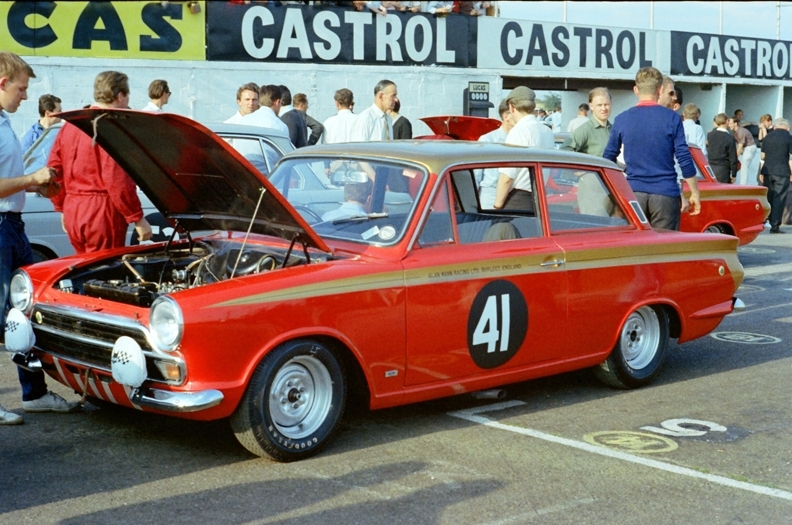Photo credit: FCA Heritage, Artebellum, Arthur Fenzlau, Technisches Museum Wien
There were no go-karts in those days, and although there existed Formula Junior cars, these were already aimed at semi-professionals. In the 1960s, if you wanted to race, there was only one thing for it. You had to find a friendly mechanic willing to soup up the car you used to get to university, and then take it racing, without saying anything to your parents of course! This trend gave rise to the “Prepared Touring” racing class, open to production cars.
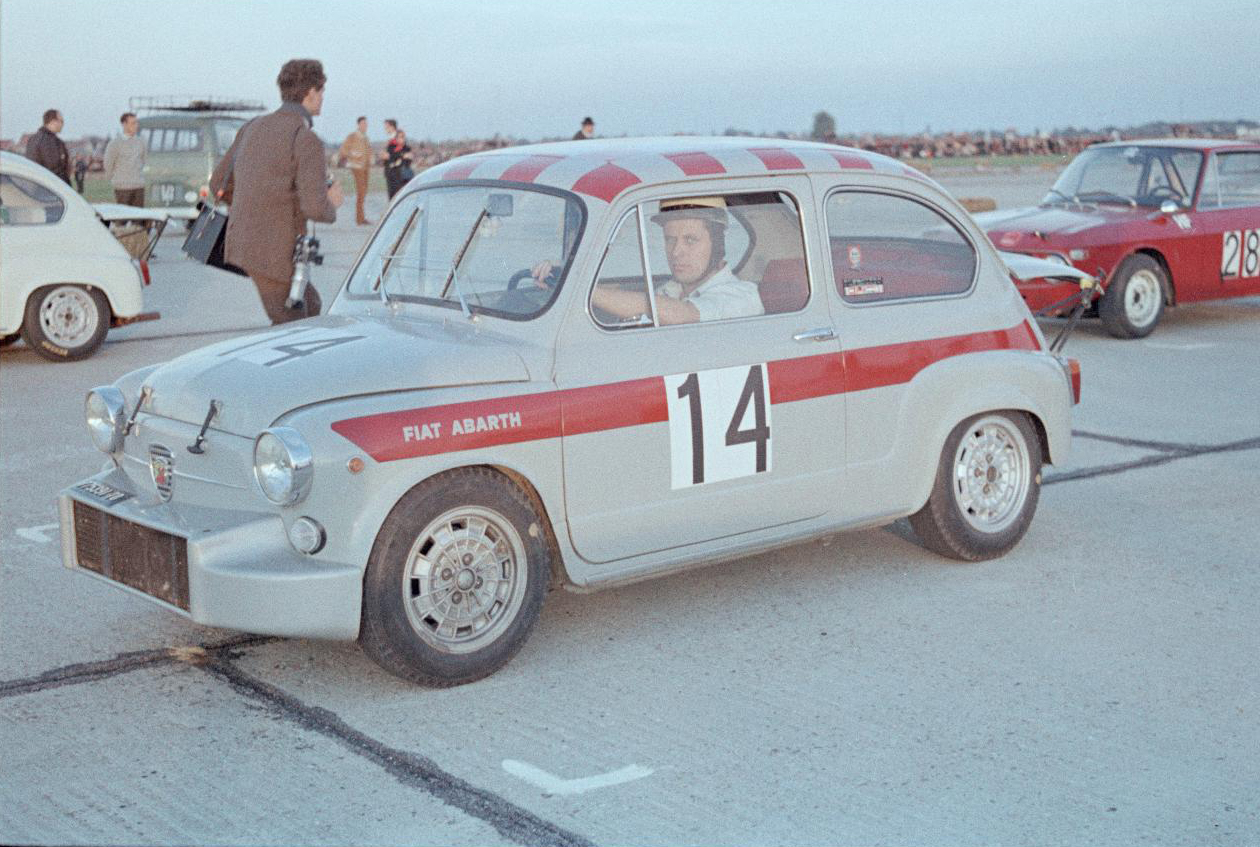
This kind of racing took place all over Europe and it even brought to light young talents ripe for professional racing. Without the possibility to cut their teeth in karts and single-seater racing cars, kids were usually old enough to have a driving license (adults basically) by the time they were finally able to start racing, and those who showed a gift for it even went on to compete at Formula 1 level.
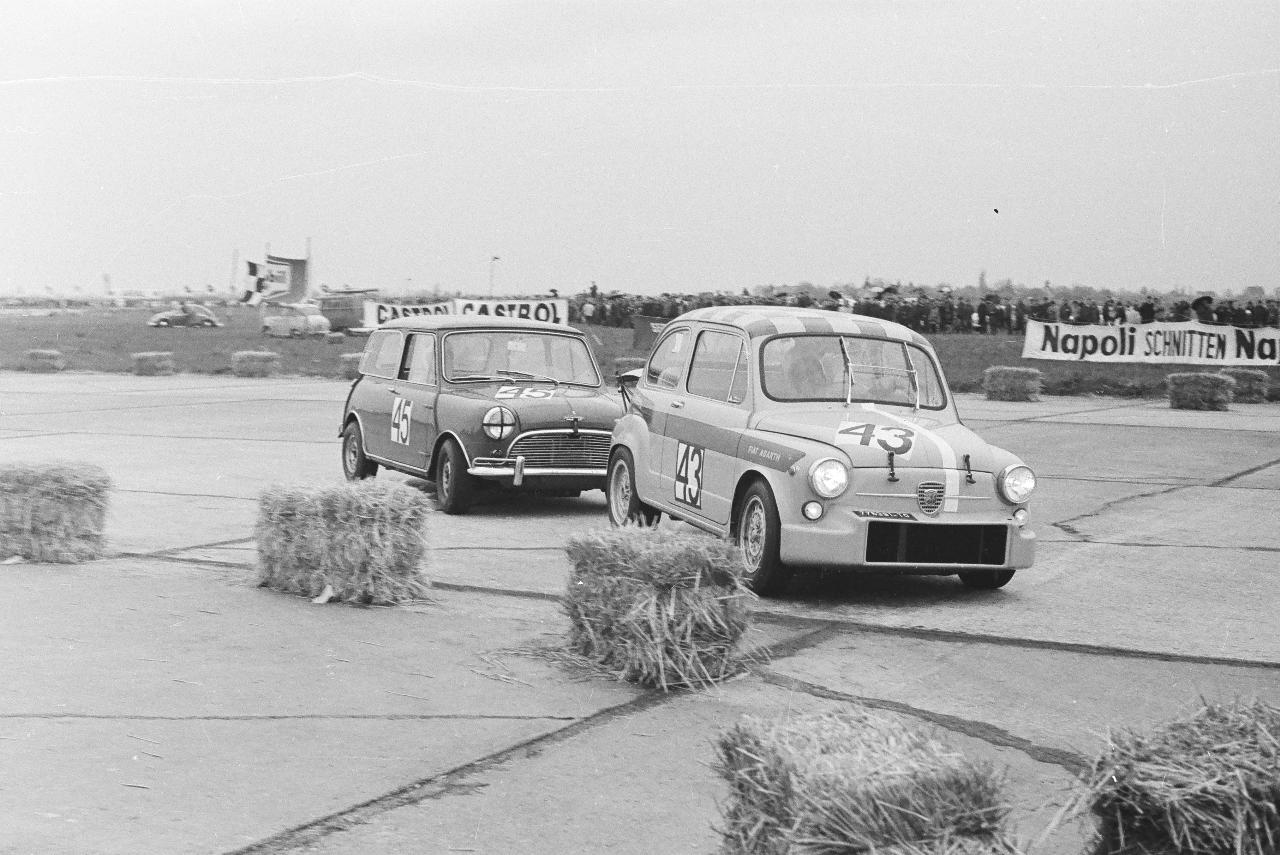
Thrillingly, in this setting you would even see established racing drivers pitting themselves against amateurs, and completely different cars, like the hefty Ford Galaxie and the little Mini Cooper, fighting it out in the most unlikely head-to-head struggles. These events brought huge numbers of cars and spectators flocking to the race tracks, and countless races were staged. After attempts to form a single, needlessly unbalanced, category, cars were eventually grouped by engine capacity. Meanwhile production cars, prepared directly by the manufacturers or by specialists, became increasingly geared to racing.
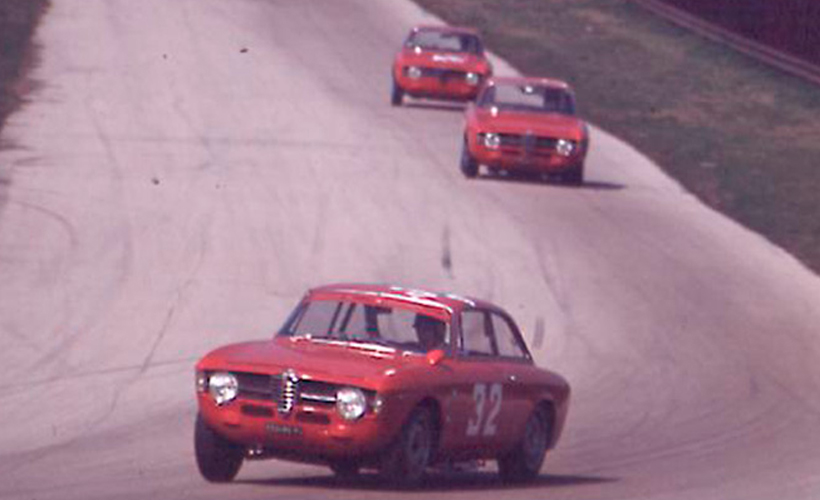
Who can forget the battles between the Cortina Lotus, even driven by the likes of Jim Clark or John Whitmore, and the Alfa GTAs with Andrea de Adamich or Ignazio Giunti at the wheel, and the little Abarth 1000s driven by Giancarlo Baghetti and Willy Kahusen. Magnificent, both on the track and on hillclimbs. In fact, given the few racetracks available back then, championships included both types of competition.
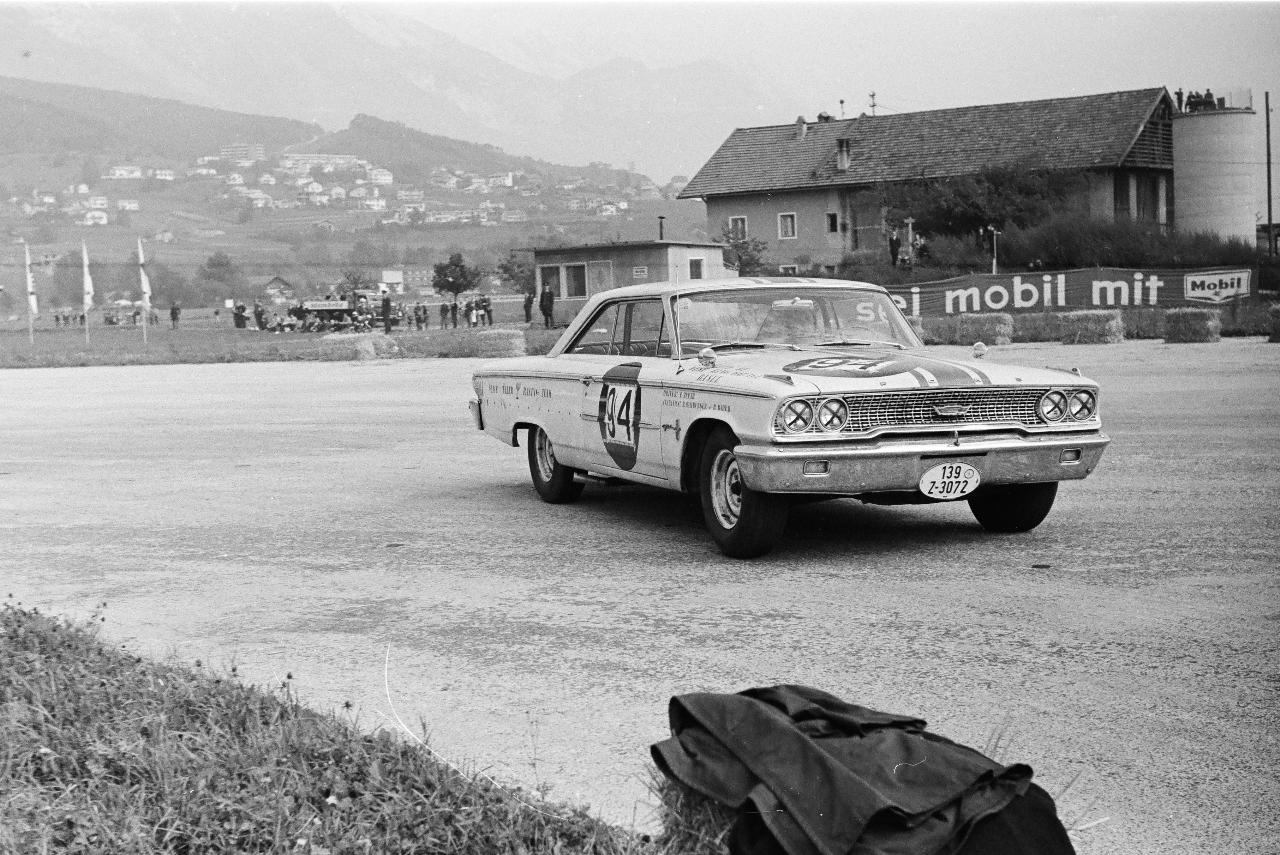
This was a world of champions, but above all of racing enthusiasts — guys who would disappear for an entire weekend, taking only a helmet – that’s all they needed, as there were no racing suits or safety belts back then – but also a few books, just to kid their moms that they were off to study at a friend’s!
